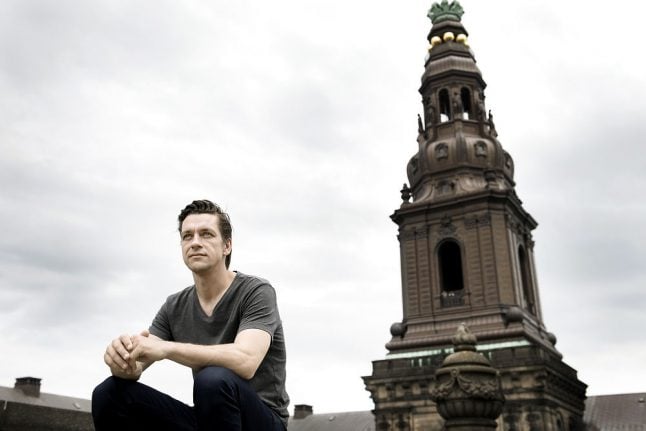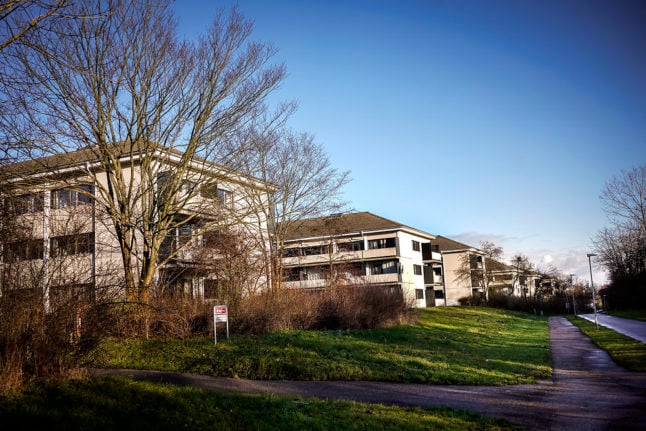In an interview with newspaper Politiken, Dybvad said that it was “no use continuing to use derogatory terms about underprivileged residential areas.”
Use of the word conjures up images “either of the (Second World War) Jewish ghetto in Warsaw”, or “of the (US) television series ‘The Wire’,” Dybvad also said in the interview.
The word 'ghetto' has regularly been used in an official context in Denmark, not least since the beginning of 2018, when then-prime minister Lars Løkke Rasmussen vowed in his New Year’s address to the nation to “end ghettos completely”.
The Ministry of Transport, Building and Housing uses the word on its own website as a term referring to underprivileged areas.
To be considered a ‘ghetto’ by the ministry, housing areas must have over 1,000 inhabitants and fulfil three out of five criteria.
The five criteria are related to residents' employment circumstances, the number of residents with non-Western heritage, crime rates, education levels and income.
READ ALSO: Criteria for inclusion on Denmark's ‘ghetto’ list
Meanwhile, the government used the word a total of 26 times in bill changing subsidized housing laws which was passed by parliament on November 22nd last year, Politiken writes.
That bill was itself referred to as the ‘ghetto plan’.
The Social Democrats voted in favour of the plan, which included a provision to exact harsher punishments for crimes committed in specified areas as well as an obligation for small children to attend daycare.
READ ALSO:
- Danish parliament passes contentious 'ghetto plan'
- 'Ghetto plan' unlikely to solve problems faced by underprivileged areas, residents tell The Local
Dybvad said on Tuesday that he wants to put an end to political use of the word in order to avoid stigmatizing the areas.
“As a minister, one of the first things I will do is to stop using the term ‘ghetto’,” he told Politiken, adding that he would instead refer to the neighbourhoods as “underprivileged residential areas” (Danish: udsatte boligområder).
Given that the word is used in sections of Danish law, however, it will remain in official usage for the foreseeable future.
A loan word which has retained its original spelling and pronunciation in Danish, Dybvad spoke about connotations of the term 'ghetto' in other cultures – something many politicians, including Rasmussen, appear to have been oblivious to in public statements up to now.
“You either think of the Jewish ghettos in Warsaw – an altogether terrible story, which has no basis for comparison with Denmark.
“Otherwise, you think of the television series ‘The Wire’, with areas in Baltimore or Chicago which are rundown and have violent gang crime, where nobody who grew up there has a chance, and where people shoot each other for nothing,” he said to Politiken.
Acknowledging that Danish marginalized areas faced “challenges which should not be neglected”, Dybvad argues in the interview that social welfare society Denmark has “avoided, actually, the isolation (of deprived areas) you see in more market-based societies.”
Laws introduced by the Danish government last year sought to “transform underprivileged areas” and end “parallel societies”, the minister said.
“It is of no benefit to keep using such derogatory terms. At some point you have to move on,” he added.



 Please whitelist us to continue reading.
Please whitelist us to continue reading.
Member comments